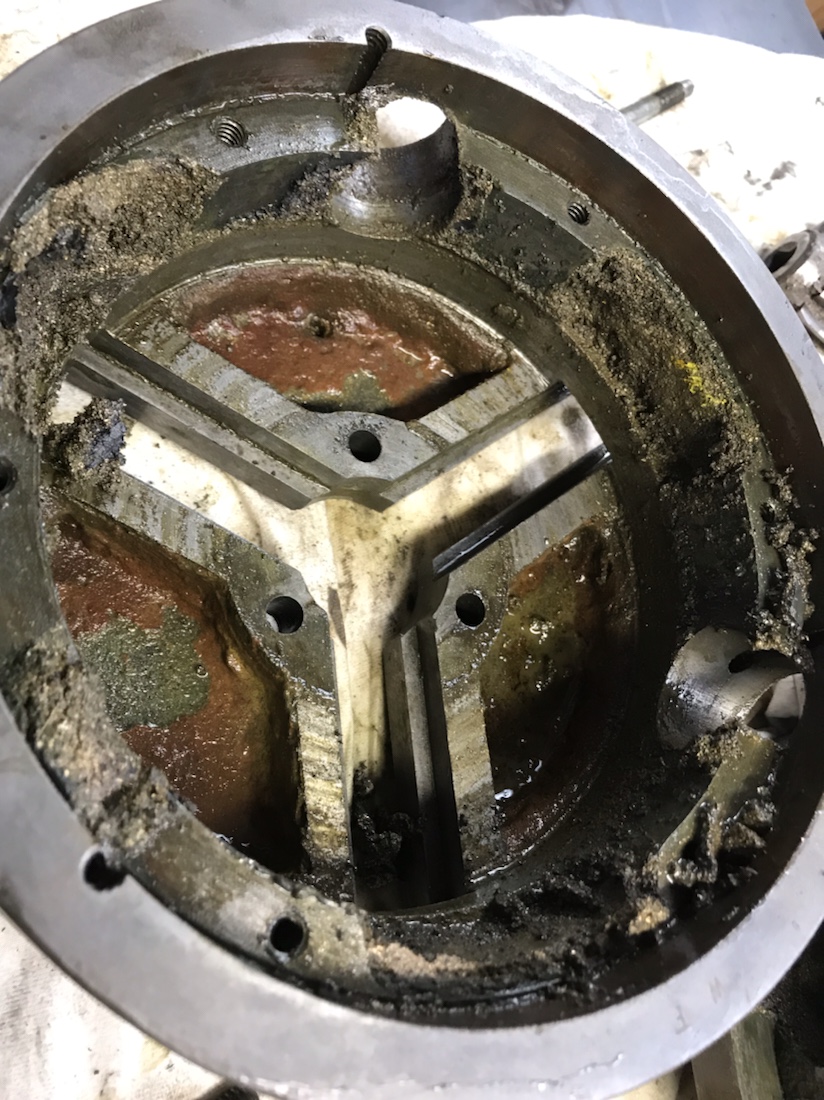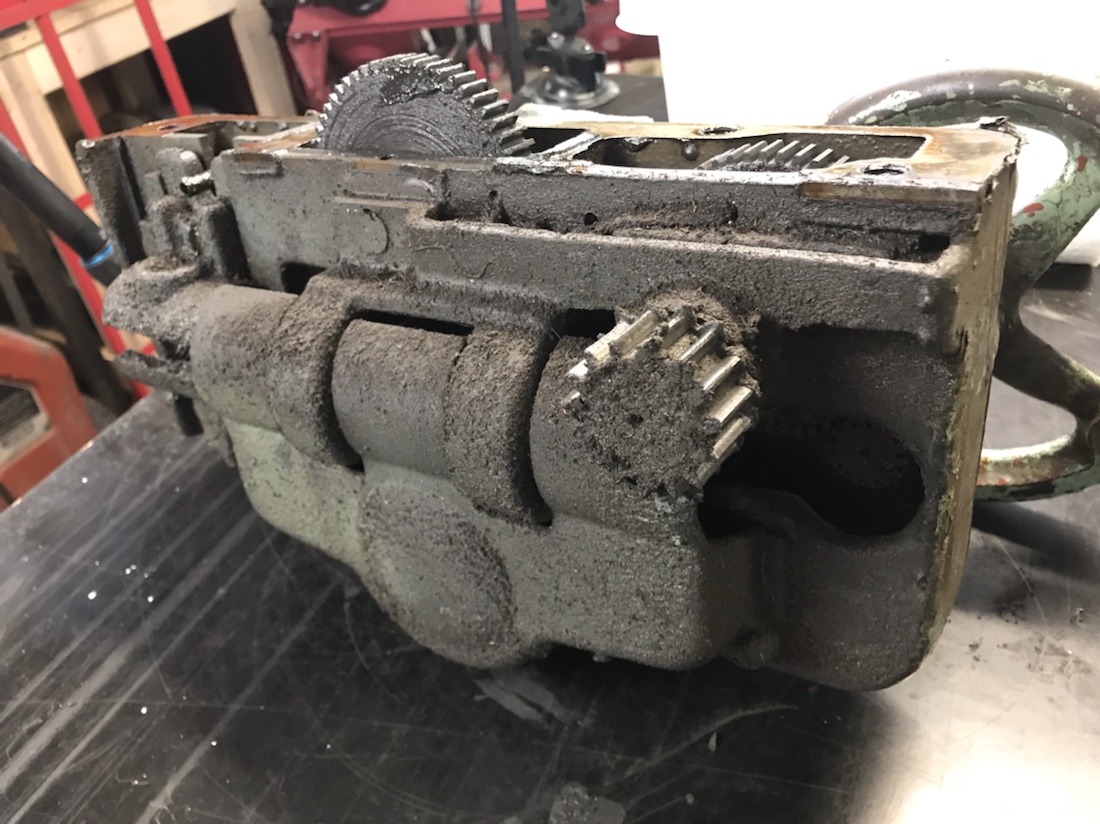I recently purchased my first lathe, a 13"x5' from 1941. I bought the refurb kit from eBay and started digging into it.
I decided to video the process. Partly because I can use the video of taking it apart as a guide to putting it back together.
Here are the first couple videos of us unloading it off the trailer and rebuilding the tailstock.
Hopefully, none of the mistakes I will be making will be irreversible.
I decided to video the process. Partly because I can use the video of taking it apart as a guide to putting it back together.

Here are the first couple videos of us unloading it off the trailer and rebuilding the tailstock.
Hopefully, none of the mistakes I will be making will be irreversible.







